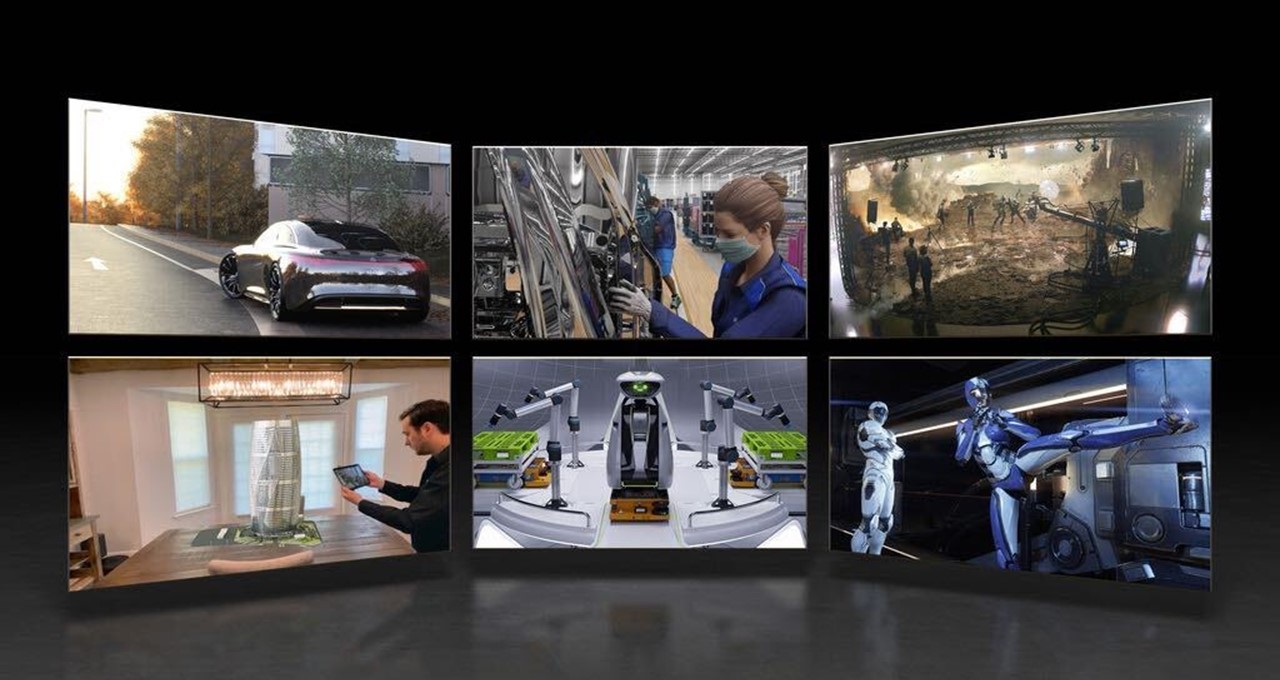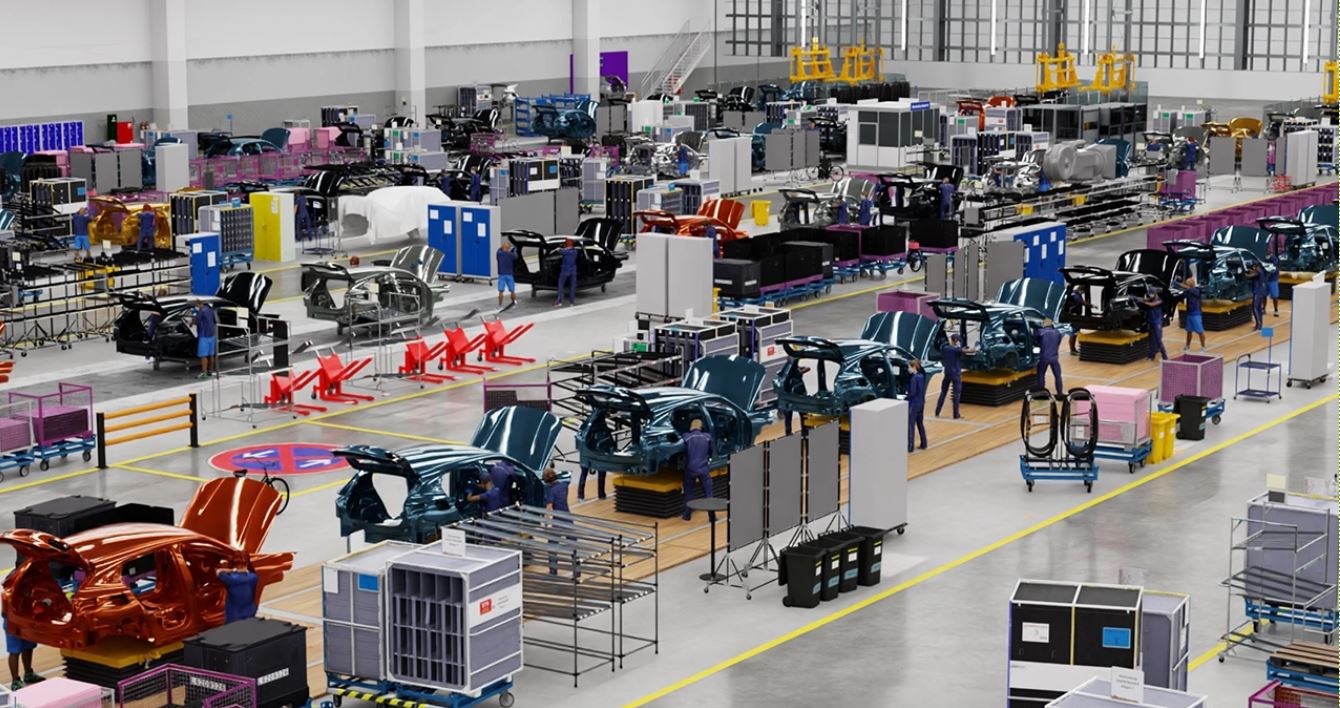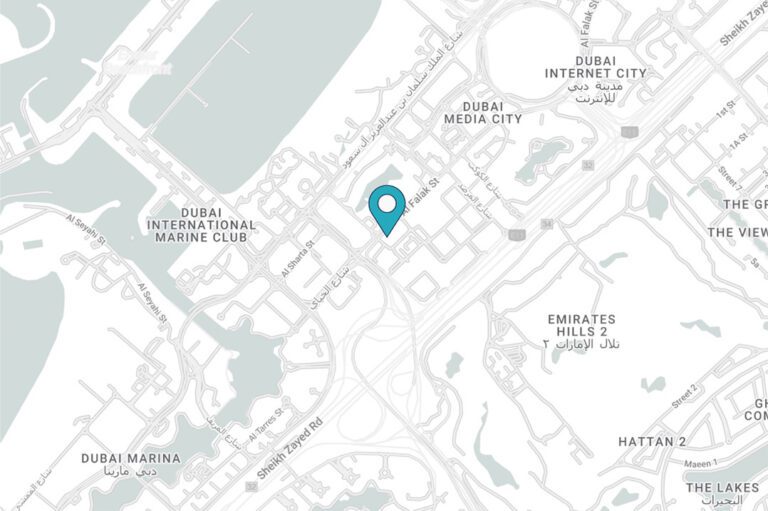
Image credit: Nvidia
It’s been four months since I last wrote about the metaverse in part one of this series. In that post I explored what the metaverse is, why the sudden hype and what the opportunities are for us as marketers.
Since then, one of the world’s most powerful (and most controversial) brands has successfully completed its pivot, transitioning from a social media company, into a metaverse one. This all means it’s time for part two – exploring the Meta fallout and the implications for those in the world of technology, automotive and sport (our specialisms at Performance).
Introducing Meta
For those in the technology space, the big rebrand was of no real surprise. Facebook Meta had dropped plenty of hints about this over the years. Its acquisition of Oculus (back in 2014), its Facebook AR glasses (which more than 10,000 employees are working on), the launch of Facebook Reality Labs and of course Zuckerberg’s own admissionin July last year that that the trajectory of the company was soon about to change.
For a long time now, Meta has wanted the world to think that it owns the metaverse. The name itself creates an automatic association and a perceived first mover advantage which will be hard to ignore in the future. Even if trying to own ‘the metaverse’ is a bit like trying to own ‘the internet’ – it’s messy, complicated and it’s been around for years. The metaverse will (hopefully) be larger than Meta, particularly if the likes of Microsoft, Apple and Google have any say on the matter.
It’s not just technology leaders racing towards the metaverse, sports brands and car manufacturers all are too.
Moving the goalposts for sports marketers
Perhaps one of the biggest opportunities for the sports sector is how the metaverse will evolve fan engagement – how we watch, enjoy and interact with the teams we love. For example, live experiences no longer need to happen in just one world. Earlier this year Verizon created the Fortnite Super Bowl stadium, a 5G-powered virtual stadium where fans could meet and interact with avatars of NFL players.

Image credit: Verizon
It’s very easy to imagine the appeal infinite virtual worlds (and captive audiences) might hold to large sports arenas – Wimbledon, Wembley, Twickenham (and Selhurst Park) – as well as big brands. Just this week Nike made the plungeannouncing it has filed multiple trademark applications that will help it to make and sell virtual branded trainers. Virtual Nike Air Max 1s being sold in a virtual Nike world anyone?
Going one step further, the immersive nature of the metaverse will also aid those who wish to play and learn more about the sport they love. From elite athletes who can fine tune certain aspects of their performance off the field (eg:Tampa Bay Buccaneers), to children wanting to imagine what life is really like as a Premier League football player or for even by physio teams to improve muscle recovery. VR has made this possible for some time now, but the metaverse will take it to the next level, creating an immersive world where individuals can connect and learn together rather than in a silo.
Some other notable (and slightly odd) sporting examples include Zed Run (a digital game where “users can buy, breed, race and sell NFTs of racehorse avatars”) and Blaseball (a baseball simulation horror game where players place fake bets on fake teams that play 24 hours a day). Both of these offer a nod to the work that sports and betting companies still have to do to protect fans in virtual worlds.
Reimagining automotive, from manufacture to sales
For the automotive sector, the metaverse isn’t just about virtual fantasy worlds, it’s about creating lifelike digital twins of vehicles, manufacturing facilities and anything else you can think of that will help to scale production. Imagine for example a virtual vehicle being used simultaneously by the simulation team for wind testing, the design team to make instant aerodynamic tweaks and then the marketing team to prepare virtual driving experiences. Doug Wolff, business development manager at Epic Games refers to this as “a single source of truth”, where all teams can work together on the same bespoke digital model, that exists in one central location – the metaverse.
One of the best examples I’ve seen of this today is BMW and NVIDIA. Together (in the NVIDIA Omniverse) they have created a futuristic manufacturing facility that blends reality and virtual reality. It is a first of its kind digital twin of one of BMW’s assembly systems, allowing global teams to work together, “capture and replicate every motion in the real world to a digital one, and back”.

Image credit: Nvidia
The metaverse is also a very powerful sales tool, particularly for OEMs looking to attract tech savvy buyers. Two months ago Hyundai launched its own metaverse space called Hyundai Mobility Adventure in the online gaming platform Roblox. This is essentially a digital world where customers (and gamers) can interact with Hyundai’s range of cars, robots, and urban air mobility transportation devices. A beta version of the park is open today.
Some other notable automotive examples include Ferrari (the first real-life, drivable car in Fortnite), NASCAR (with a wide ranging digital platform) and most recently Alpine (which just this week launched the first NFT-only digital concept car).
Changing the way consumers and brands interact
Contrary to the above headline, the metaverse isn’t just coming, it’s actually here already We are increasingly using the technologies that underpin it, 5G, cryptocurrencies, virtual worlds, augmented reality, and most recently NFTs (to purchase virtual goods).
While we don’t yet know what guise the metaverse will ultimately take (even if it won’t be solely accessed via Meta) we do know that it is very quickly changing the way consumers and brands interact. As marketers, we need to get creative and think bigger, considering experiences that run parallel in both physical and digital worlds.
If you are (still) reading this and you’re curious about how your brand can experiment in the metaverse, create more impactful press launches or reach new audiences (in the real world or a virtual one), then please don’t hesitate to get in touch.
By Jamie Ivory, Head of Tech
Be Bold.
It’s time to come off the fence:
How can we help you?
Message us








